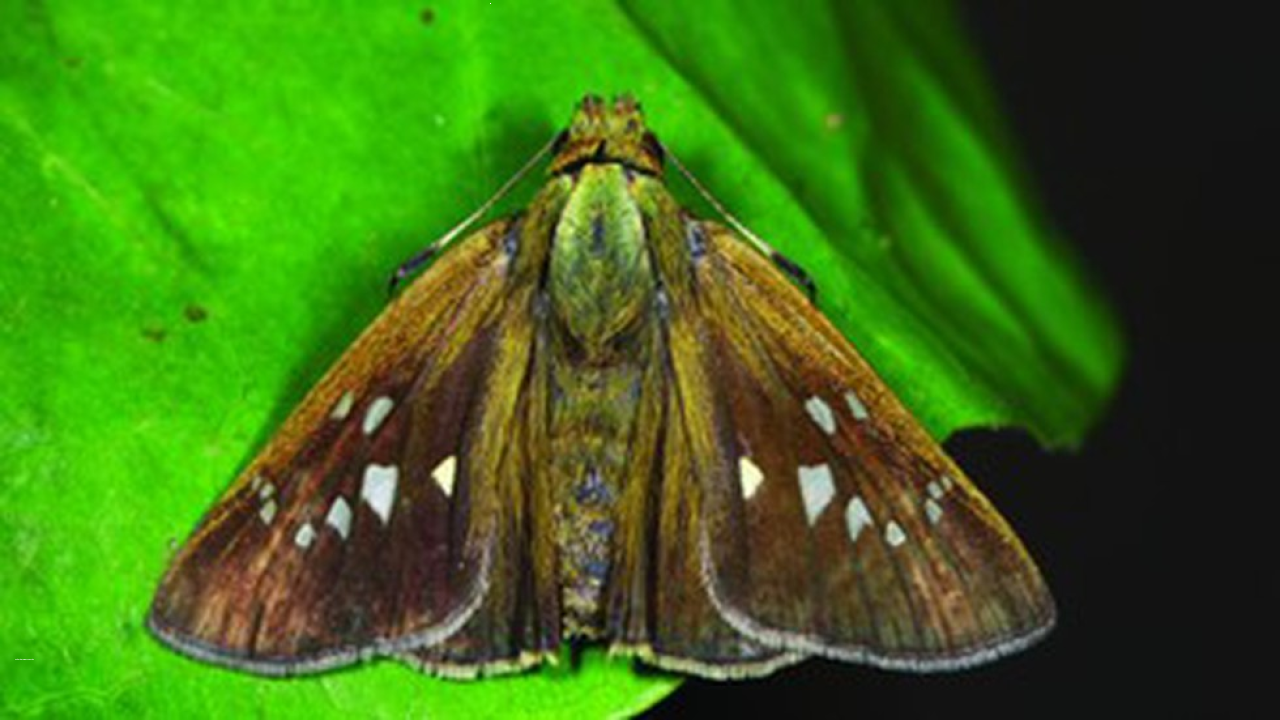Caltoris bromus sadasiva
A group of lepidopterists discovered a butterfly subspecies from the peripheries of Akkulam and Vembanad lakes in Kerala. The newly-discovered taxon is named Caltoris bromus sadasiva, and it is the first record of the species Bromus swift from the Western Ghats and Peninsular India.
Discovery and Confirmation of Identity
Caltoris bromus sadasiva was first spotted at Akkulam lake in the year 2005. It was found yet again in Vembanad in 2009 by Dr. Kalesh Sadasivan, a research associate with the Travancore Nature History Society. Dr. Kalesh Sadasivan joined hands with entomologists Dipendra Nath Basu and Krushnamegh Kunte of the National Centre for Biological Science at the Tata Institute of Fundamental Research, Bengaluru reared a series of larvae over a span around 10 years to confirm this subspecies.
It was necessary to rear the larvae to rule out the possibility of it being another subspecies of the Bromus swift seen in Taiwan, which has adults that lack any usual spots on their wings. The larvae were reared on the host plant Phragmites karka. The comparison of the male and female genitalia with the other Caltoris was critical for confirming its identity.
Caltoris Genus and Other Subspecies
Caltoris is an Indo-Australian genus that has some 15 species spanning across southeast Asia. Caltoris bromus is one of them and has two other subspecies – Caltoris bromus bromus and Caltoris bromus yanuca.
Significance of the Discovery
With the discovery of Caltoris bromus sadasiva, the count of skipper butterflies in the Western Ghats has grown to 83 species. It also increased number of butterfly species in the Western Ghats to 336. The finding of the new subspecies happened nearly 75 years after the last skipper butterfly was spotted by lepidopterist and British Army officer W.H. Evans.
The discovery of Caltoris bromus sadasiva is not only exciting for lepidopterists, but it also highlights the importance of protecting the biodiversity of the Western Ghats. The Western Ghats, a UNESCO World Heritage Site, is home to a high diversity of flora and fauna, including many endemic species. Such discoveries also underscore the need for continued research and conservation efforts to preserve these valuable ecosystems.
Month: Current Affairs – April, 2023
Category: Science & Technology Current Affairs


